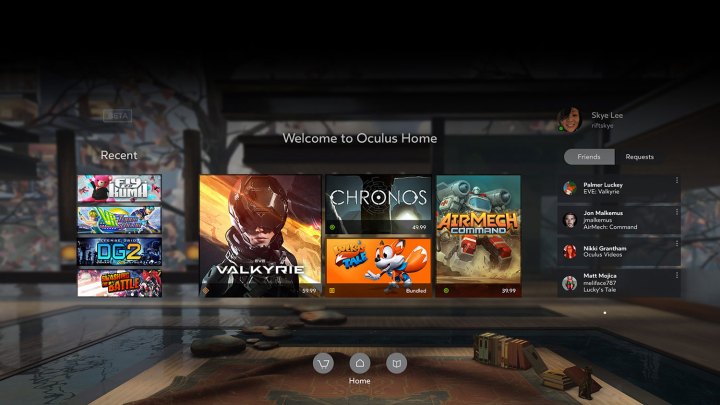
The controversy surrounding games and experiences that are exclusive to the Oculus Rift headset is one we’ve been talking about for a while now. Palmer Luckey once stated that if people wanted to buy games on Oculus Home, he ‘didn’t care’ which headset they used.
But actions speak louder than words. Following the release of the Revive workaround that made it possible to access Oculus exclusive games on a Vive headset, Oculus shut it down by updating its DRM.
The Revive project responded mere hours later, making it once again possible to play Unreal Engine based games that are designed to be Rift exclusive. However this time around the crack circumvents the store altogether, which could make it possible to pirate games designed for the Rift.
This is not something that the Revive developers support, as they just want an open and platform agnostic approach to virtual reality development. But this new version of Revive obviously ups the stakes in the fight between Oculus and users who despise exclusive titles.
While it is of course Oculus and Facebook’s prerogative to set policy for their platform, as the developers’ of Revive see it, they simply want to use software they own (having purchased it from the Oculus store) on hardware they own.
This is a longstanding tenet of PC gaming, which has traditionally been far more open than consoles. The fact that Oculus VR doesn’t seem to see that is leaving a very sour taste in people’s mouths.
Now we will have to wait to see if Oculus responds again with a clampdown, or if it works with the community to open up its store a little and perhaps win back a bit of that rabid fanbase it is rapidly losing.




